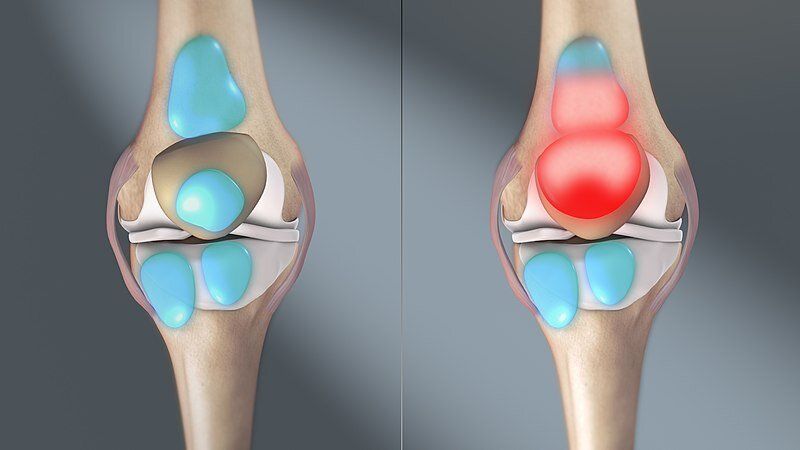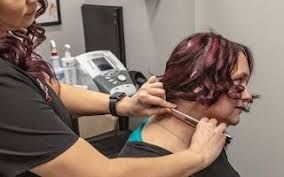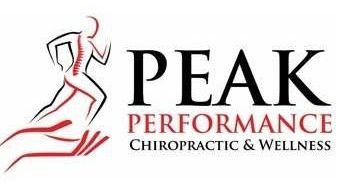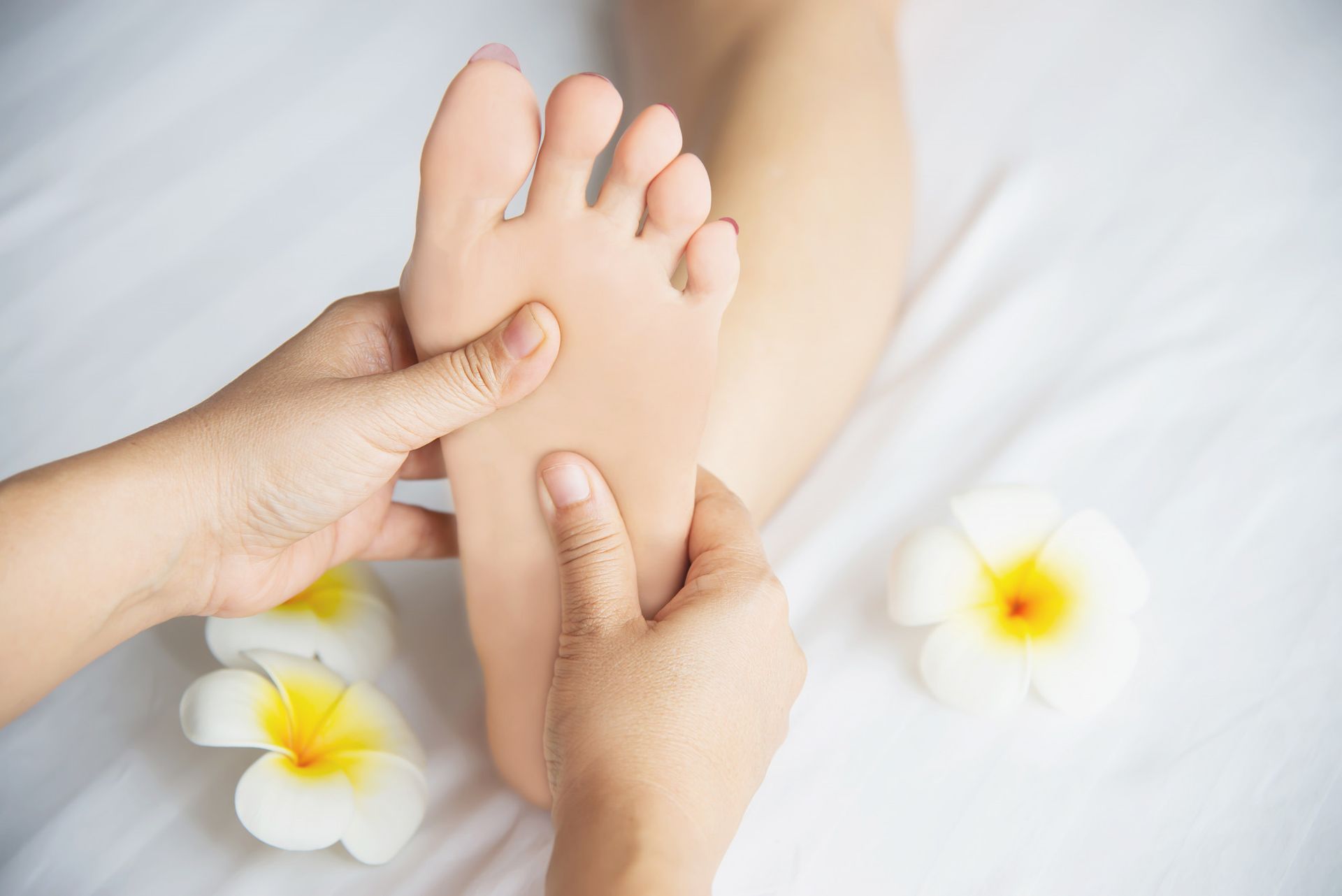Bursitis, Chiro & Massage

Unburdening Bursitis
Bursitis might not be a household term, but for those who experience it, it’s an unwelcome guest in daily life. Bursitis occurs when bursae—small, fluid-filled sacs around joints—become inflamed. These sacs act as cushions between bones, tendons, and muscles near joints, minimizing friction and allowing smooth movement. When bursae are irritated, however, pain and swelling can make even simple movements challenging. Here’s what you need to know about recognizing, preventing, and managing bursitis, including how chiropractic and massage care can offer relief.
What are the Symptoms of Bursitis?
Common symptoms of bursitis include:
- Localized Pain: The pain usually centers around the affected joint and can intensify with movement or pressure.
- Swelling and Warmth: The area might appear swollen and feel warm to the touch.
- Limited Range of Motion: Stiffness or difficulty moving the affected joint is common, especially if the shoulder, elbow, hip, or knee is involved.
- Tenderness: Even light pressure on the inflamed area can cause significant discomfort.
While bursitis can affect any joint, it’s most frequently found in larger, high-use joints like the shoulders, elbows, hips, and knees.
How Does Bursitis Occur?
Bursitis is often the result of repetitive movements or prolonged pressure on a joint. Here are some common culprits:
- Repetitive Motion: Jobs or hobbies requiring repetitive motion—like painting, gardening, or throwing—can stress a joint over time.
- Sudden Injury: A fall, direct impact, or sudden increase in activity can trigger inflammation in a bursa.
- Poor Posture: Slouching, lifting improperly, or sitting for long periods without support can lead to bursitis.
- Underlying Conditions: Conditions like arthritis or gout can also irritate bursae and lead to bursitis.
Understanding what might cause bursitis can help you avoid it, especially if you’re at a higher risk due to lifestyle or activities.
Preventing Bursitis
Prevention is key, especially for those in physically demanding jobs or who engage in repetitive activities. Here are some tips:
- Practice Good Posture: Whether at work or home, using ergonomics can relieve pressure on your joints.
- Take Breaks: Avoid staying in the same position for long periods, especially if you’re doing repetitive tasks.
- Warm Up Properly: Before exercise or physical activity, a proper warm-up can help reduce the risk of joint strain.
- Strengthen Supporting Muscles: Exercises that strengthen the muscles around your joints can reduce stress on bursae.
Treating Bursitis
Treatment for bursitis generally focuses on reducing pain, inflammation, and pressure on the affected area. Here are some options:
- Rest and Ice: Resting the joint and applying ice can help alleviate pain and swelling in the initial stages.
- Anti-inflammatory Medications: Over-the-counter medications, like ibuprofen, can help reduce inflammation.
- Stretching and Strengthening: Guided physical therapy or simple stretching exercises can help restore range of motion.
Chiropractic and Massage Care for Bursitis
Chiropractic adjustments can help relieve pressure on joints, encouraging proper alignment and easing joint stress, which may help reduce inflammation. By improving posture and restoring joint function, chiropractic care can support faster healing. This is not an immediate fix; often times inflamed joints may take several visits to calm down but having a positive attitude about your care makes a big difference.
Massage therapy is another valuable tool for bursitis relief. Therapeutic massage can help reduce tension around the affected joint, ease pain, and improve circulation, which supports the body’s natural healing process. In a medical office, therapists can target specific muscle groups around the bursa, offering gentle, customized care to relieve pain without further irritating the joint.
If you’re dealing with the nagging discomfort of bursitis, chiropractic and massage care can offer effective, evidence-based solutions for relief. Reclaim comfort and mobility with professional guidance tailored to support your unique recovery needs.
Bethany Wolcott
D’Youville Chiropractic ‘26












